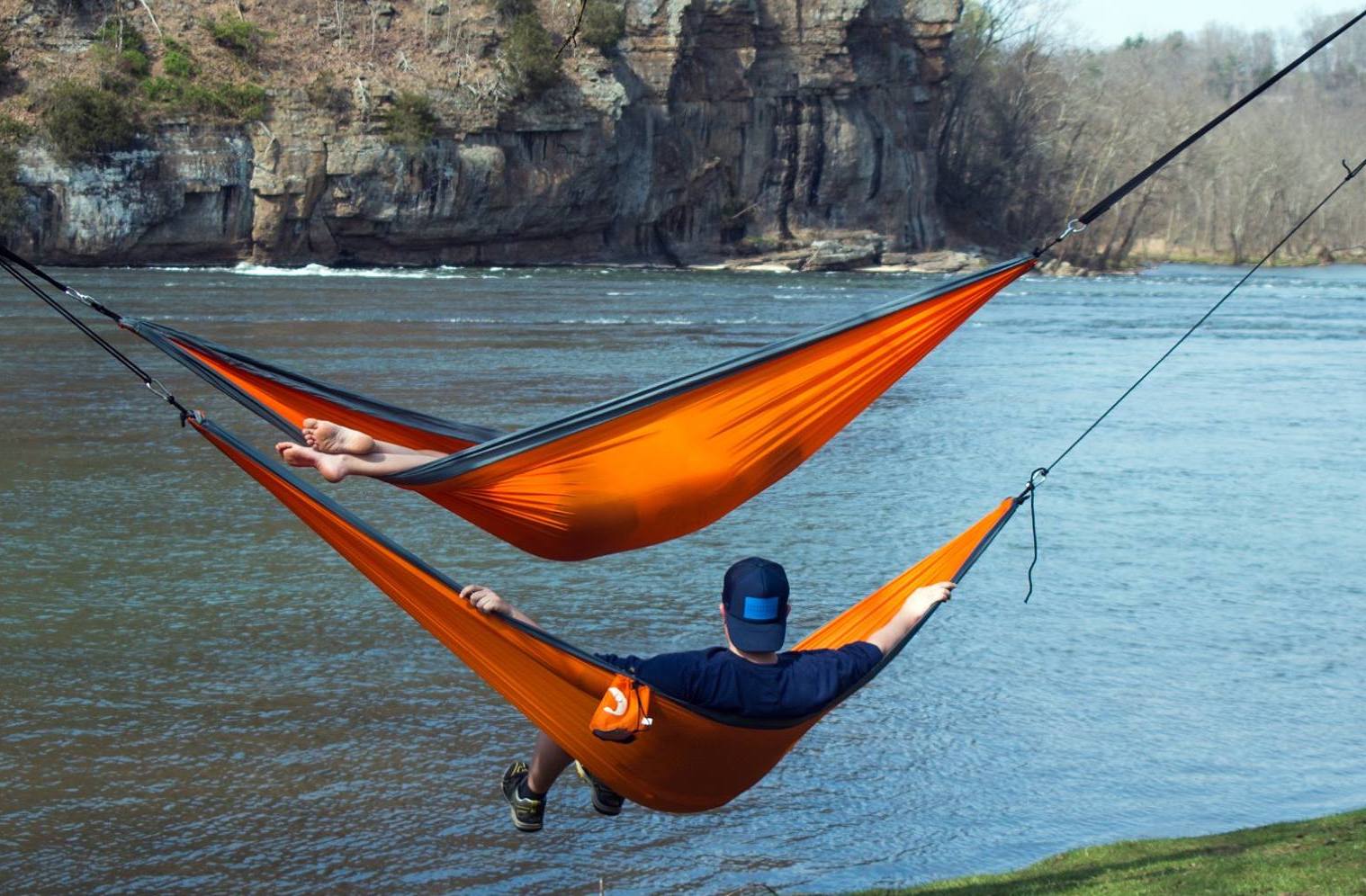After you have determined which style of kayak best suits you, the next item to consider is the length of the 'yak. In general, the normal recreational kayak will fall within the 11 to 16 foot range. This is another area in which you will want to consider the activity you will be doing and the type of water being paddled. If you are going to be on small backwaters and creeks, then a 16 foot kayak may not be the easiest to handle in a confined space. However, that 12 foot model might be just right to make the tight turns and maneuver in a confined space. If you are paddling on a large body of water, a 16 foot 'yak may be the better option for you.
After owning two 12 foot kayaks and a 13.5 foot kayak, I can say that a shorter 'yak is much easier to handle. It may not seem like an additional 12 to 16 inches would make much of a difference, but it is quite a difference from loading onto your vehicle to paddling. What you do gain in handling, you give up in weight and storage capability. For an extended trip or a camping excursion, a 14 to 16 foot yak will give you more capacity to carry all your gear. The last thing you want is to overload a kayak which can spell disaster and a loss of goods. One bright spot is that some manufacturers make kayaks in this 14 to 16 foot range with the option of adding a second seat for another paddler. Two companies doing this are Native Watercraft http://nativewatercraft.com/ and Jackson Kayak http://jacksonkayak.com/. The key benefit here is that you can use this as a solo yak or convert it to a two person model. Essentially, you can buy one kayak and get the benefits as if you had two separate yaks.
As with any kayak purchase, make sure to take a test paddle. Some of the brands I prefer in addition to Native Watercraft and Jackson Kayak are Ocean Kayak (http://www.oceankayak.com/) and Malibu Kayaks (http://www.malibukayaks.com/). You might be surprised at what length of yaks fits you best.




0 comments:
Post a Comment